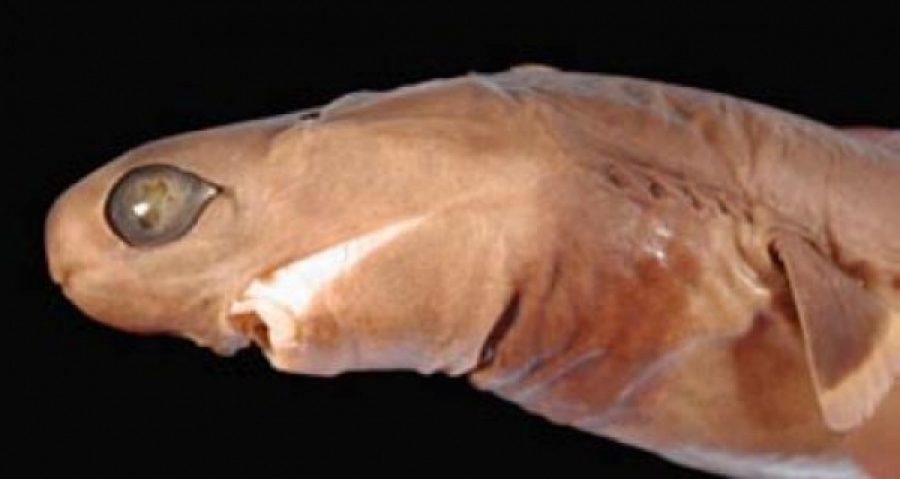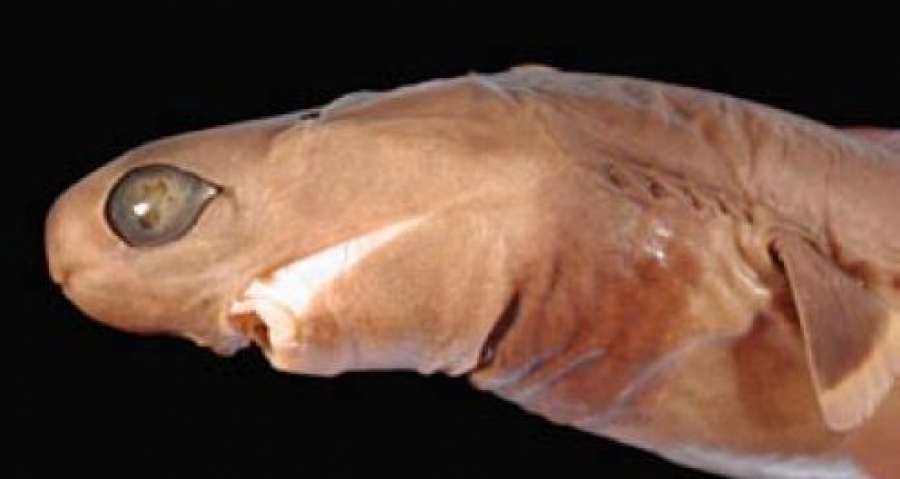Name a species of dolphin that does not produce any whistle sounds
{audio}podcast/thedolphinpod10dolphinquiz.mp3{/audio}
The winner of last week’s quiz was voyager, who correctly stated that hind limbs can be seen in a developing dolphin embryo – these limbs will disappear by the time the dolphin is born. Now, for this week’s quiz: name a species of dolphin that does not produce any whistle sounds. Think you know the answer? Surf on over to thedolphnipod.com and click on Dolphin Quiz – leave your answer in the comments section.


